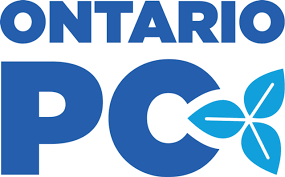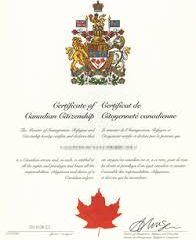Current Developments in the PC Party of Ontario

Introduction
The Progressive Conservative Party of Ontario, commonly known as the PC Party of Ontario, has been a significant player in the province’s political landscape. As Ontario’s governing party after the 2018 election, its policies and decisions affect millions of residents. Understanding the party’s recent activities, challenges, and projected future is crucial for Ontarians concerned with local governance and policy direction.
Recent Developments
In the wake of the 2022 provincial elections, the PC Party secured another term under Premier Doug Ford’s leadership, capturing 83 out of 124 seats in the Ontario Legislature. Their platform focuses on economic recovery post-COVID-19, healthcare improvements, and infrastructure projects. The government has proposed multi-billion-dollar investments in new hospitals and public transit, aiming to revive the economy and create jobs.
However, the PC Party has faced criticism over handling healthcare issues. In recent months, there have been public outcries regarding wait times and access to care, forcing the government to address these concerns more directly. In response, health minister Sylvia Jones announced an increase in funding for emergency services, which aims to alleviate pressure on hospitals.
Party Dynamics and Challenges
Internally, the PC Party of Ontario has been navigating tensions as various factions within the party seek to influence its direction. Some party members advocate for more progressive policies to attract younger voters, while traditionalists prefer a conservative approach. This ideological divide could pose challenges as they prepare for the next election cycle.
Furthermore, the party’s approval ratings have seen fluctuations due to the ongoing wariness around the handling of educational policies and rising costs of living. The province’s education system continues to be a focal point, as discussions around funding and curriculum reforms remain critical. The PC Party is under pressure to maintain its support among teachers and parents alike.
Conclusion
As the PC Party of Ontario continues to govern, its policies and leadership will significantly impact the province’s future. While they have triumphed in the recent elections, internal and external pressures will test the party’s resilience as it navigates the demands of a diverse electorate. For Ontarians, monitoring these developments will be essential as they prepare for future elections, where party effectiveness and voter engagement will be key factors.









